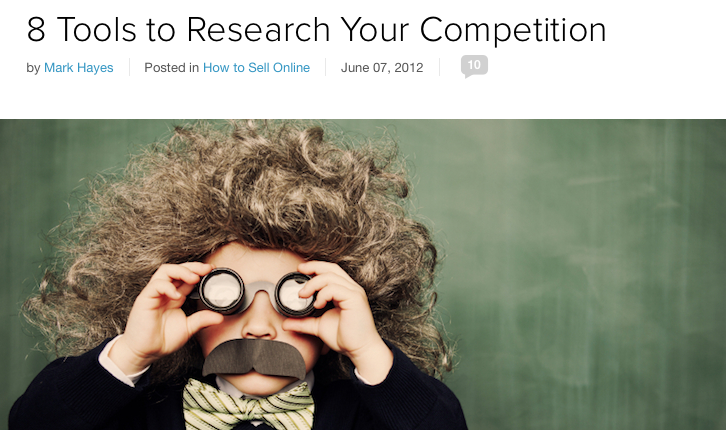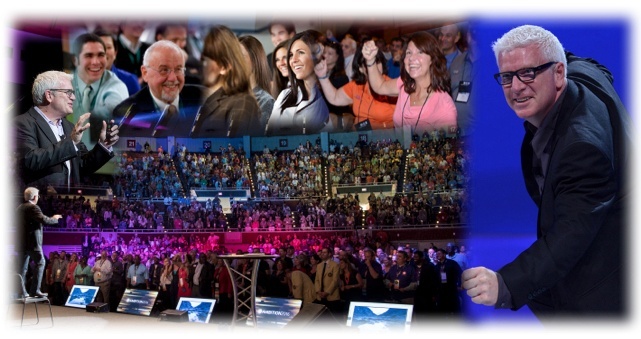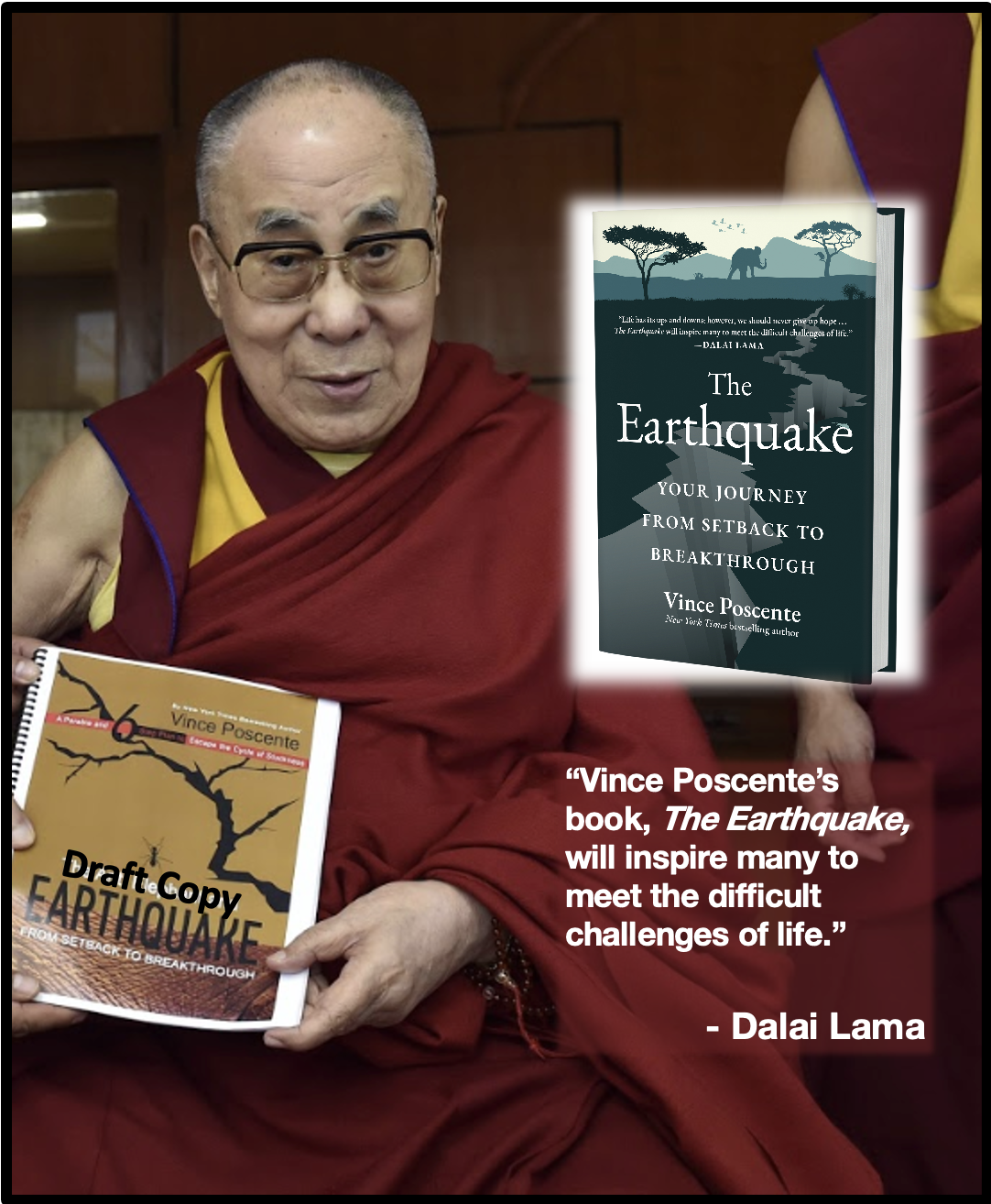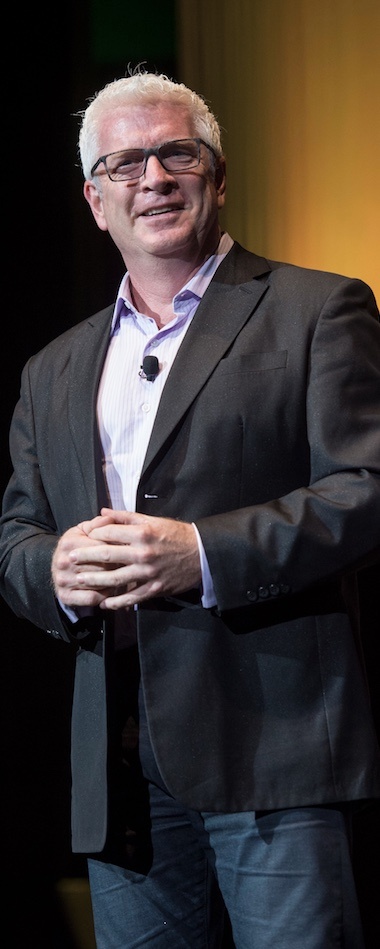Motivational Keynote Speaker
Turned Secret Shopper...
Erin, a meeting planner for a large financial services company, had a choice to make. During hotel site inspections, she interviewed chefs. Two categories emerged. One said, “What menu do you want?” The other said, “Here’s what we can do” and fed her. Guess which one she picked? It’s time for us to refocus on solutions - in a secret sort of way.
Recently, one of our clients needed help in addition to a motivational keynote speaker. Many of their franchisee’s were not adopting the new sales system. The old way? Wait for the phone to ring, then give the customer what they ask for. The new sales approach? Guide the customers to exactly what they need – and more. Our client was frustrated! A number of the franchisee’s didn’t and won’t buy-in to the better sales model. I offered to be a secret shopper in preparation for my opening keynote at their conference.
Store X was friendly. But our relationship immediately took a Thelma and Louise cliff dive. Within seconds she gave a link to their website. Instructed me to pick what I wanted and to call back with the order. I even gave her a second chance.
“There are so many choices,” I said on a return call. “I’m lost.” This confounded Store X. Still no questions. Sure, she offered products. But, no true solutions.
Awwwwwkward! It would be a tomblike conference hall after announcing – “Folks, you suck at sales.” Fortunately, Store Y came to the rescue.
Store Y, thank goodness, stepped up with enthusiasm and a ton of exploratory questions and consultative selling. He actually directed me to additional solutions I hadn’t thought of. He emailed photo examples. Plus, he added very compelling ideas to generate additional revenue for us.
Consultative selling has been around for a while but it is amazing how, in a world of increasing overwhelm, we’re more desperate for solutions than ever. Think of your top three customers or clients. Better yet, if you work for somebody, think of your boss too. These people are dealing with intensified responsibility, information overload, an array of options with reduced finances in a time crunch.
To say, “Pick what you want” borders on insulting.
Instead, parcel your questions into five categories. Then you’ll uncover solutions that will endear them to you.
- Responsibility – What various responsibilities does this person or company have? What are the needs of their customers or employees?
- Information – What insights could be useful to them? What ways can you eliminate information fatigue?
- Options – How might you filter all options on the table? Drawing from your expertise, what ways can you focus their options?
- Financial – How can you ‘save them’ or ‘make them’ money?
- Time – What are all the ways you can save them AND their customers’/employees’ time?
Stop asking your boss or your customer choose what they want. Cover these five key areas. Ask questions. Show what you can do for them. That way, happy bosses and loyal customers isn’t a secret solution any longer.
Vince





 “I grew up in an orchard and tree nursery. With nine kids in my family, living on a 20-acre lot, my entrepreneurial nature sparked when I climbed my first tree. Combine that with my artistic nature and I found the magical combination of risk and reward of tree removal.’
“I grew up in an orchard and tree nursery. With nine kids in my family, living on a 20-acre lot, my entrepreneurial nature sparked when I climbed my first tree. Combine that with my artistic nature and I found the magical combination of risk and reward of tree removal.’ Victor Frankl's book, Man's Search for Meaning and his theories on logotherapy point to a "sense of purpose" being the reason survivors of concentration camps were able to stay alive. He noted, the people who died gave up. They were lost and had no purpose. It's unnerving to admit but there will be Olympians after London who feel the same thing. Their sense of purpose will be gone and there will be some degree of depression. For some, the depression is only a nuisance. Some of it will be life threatening.
Victor Frankl's book, Man's Search for Meaning and his theories on logotherapy point to a "sense of purpose" being the reason survivors of concentration camps were able to stay alive. He noted, the people who died gave up. They were lost and had no purpose. It's unnerving to admit but there will be Olympians after London who feel the same thing. Their sense of purpose will be gone and there will be some degree of depression. For some, the depression is only a nuisance. Some of it will be life threatening.




